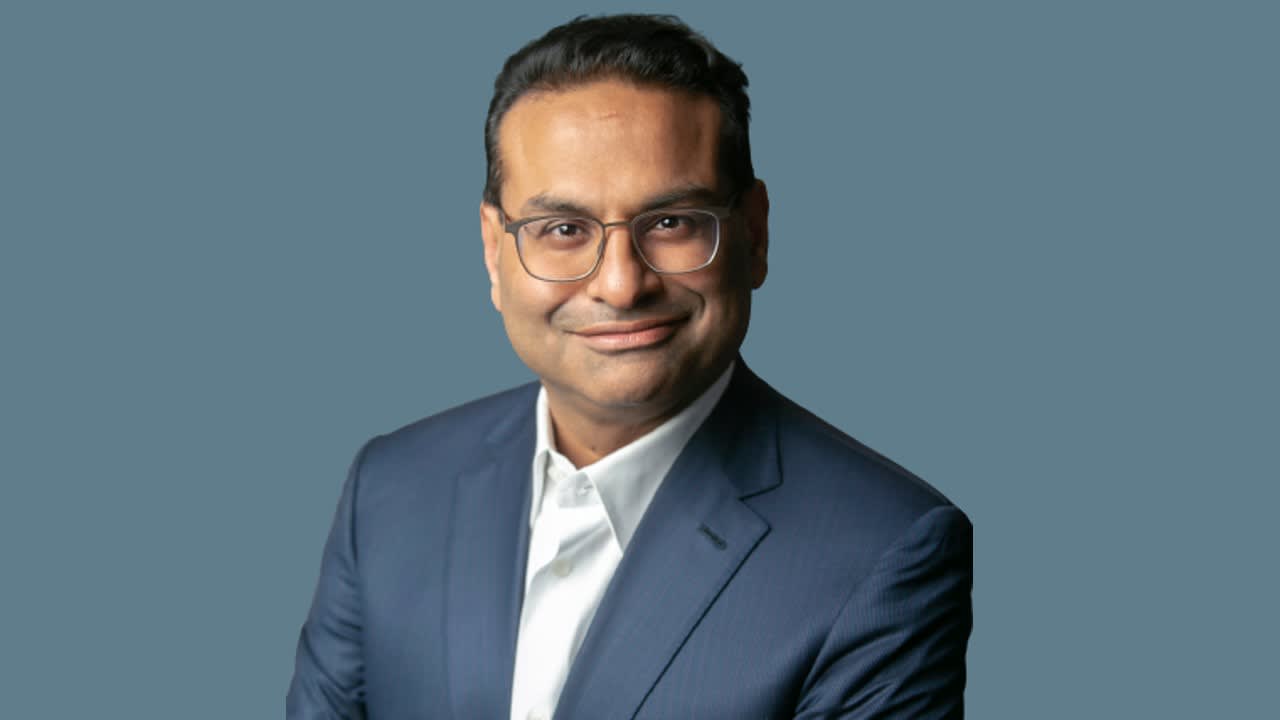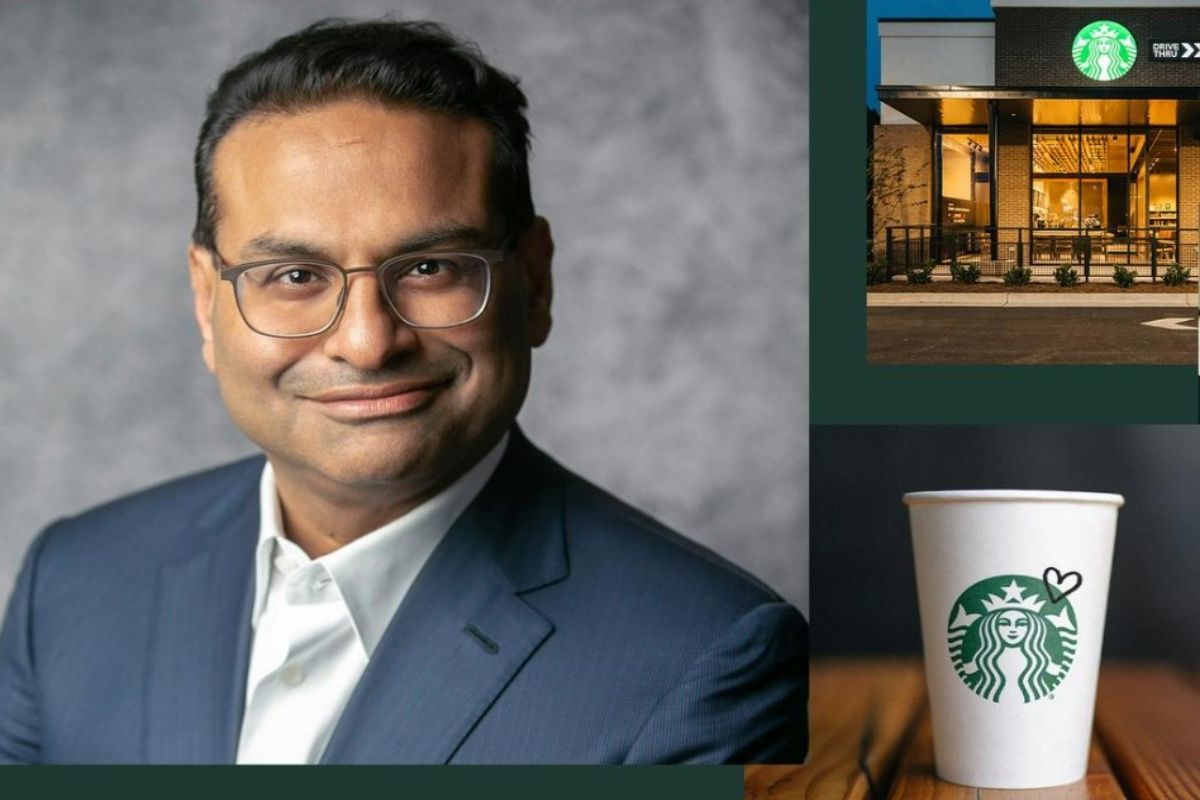Starbucks New CEO

Starbucks has appointed Laxman Narasimhan as its new CEO, taking over from interim CEO Howard Schultz. Narasimhan brings a wealth of experience from leading global consumer-facing businesses, and his appointment marks a new chapter for the coffee giant. This article delves into Narasimhan’s professional background, his vision for Starbucks, and his leadership style compared to his predecessor.
Laxman Narasimhan’s Professional Journey
Narasimhan’s career spans over two decades, marked by leadership roles in prominent companies across diverse industries. He has a proven track record of driving growth, innovation, and operational excellence.
- Narasimhan joined PepsiCo in 1999, starting his journey in the company’s global beverage business. He rose through the ranks, eventually becoming CEO of PepsiCo’s Latin American Beverages business. During his tenure, he successfully navigated the complexities of emerging markets and spearheaded significant growth initiatives.
- In 2012, Narasimhan moved to Reckitt Benckiser, a global consumer goods company, where he served as CEO of its global health and nutrition division. He led the transformation of this division, expanding its portfolio and market presence, and establishing it as a leading player in the global health and wellness market.
- Narasimhan’s most recent role was as CEO of the global coffee company, Nestlé’s Nespresso, a position he held from 2019 to 2022. In this role, he spearheaded the company’s digital transformation, driving innovation in product offerings and customer experience. He also focused on sustainability initiatives, positioning Nespresso as a leader in responsible coffee sourcing and production.
Narasimhan’s Vision for Starbucks
Narasimhan’s vision for Starbucks is centered around three key pillars:
- Customer Experience: Narasimhan aims to elevate the customer experience, focusing on personalization, convenience, and digital engagement. He believes in leveraging technology to enhance the customer journey, offering personalized recommendations, seamless ordering, and a more engaging experience both in-store and online.
- Operational Excellence: Narasimhan intends to optimize Starbucks’ operations, focusing on efficiency, cost management, and streamlining processes. He plans to leverage data and analytics to identify areas for improvement, optimize resource allocation, and enhance overall operational effectiveness.
- Innovation: Narasimhan is committed to driving innovation across all aspects of Starbucks’ business. This includes developing new products and services, exploring emerging technologies, and fostering a culture of creativity and experimentation. He envisions Starbucks as a leader in the evolving coffee landscape, constantly adapting to changing consumer preferences and market trends.
Narasimhan’s Leadership Style and Vision Compared to Howard Schultz
Narasimhan’s leadership style is described as data-driven and focused on operational efficiency. He is known for his strategic thinking and his ability to drive results. In contrast, Howard Schultz, the former CEO and founder of Starbucks, was known for his charismatic leadership and his passion for the company’s culture and values. Schultz’s vision was more focused on building a strong brand and creating a unique customer experience.
Narasimhan’s focus on operational efficiency and data-driven decision-making aligns with the current economic climate, where companies are prioritizing cost management and maximizing profitability. However, he has also expressed his commitment to preserving Starbucks’ core values and culture.
“Starbucks is a company that is built on its people and its culture. I am committed to preserving those values while also driving innovation and growth.” – Laxman Narasimhan
While Narasimhan’s leadership style and vision differ from Schultz’s, he has acknowledged the importance of Starbucks’ legacy and its unique culture. He aims to build upon the company’s foundation while also driving the necessary changes to ensure its continued success in a rapidly evolving market.
Key Challenges and Opportunities Facing Starbucks

Starbucks, a global coffeehouse giant, faces a complex landscape of challenges and opportunities in the current market. While the company enjoys brand recognition and customer loyalty, it must navigate a competitive environment, evolving consumer preferences, and economic uncertainties. Under the leadership of Laxman Narasimhan, Starbucks has an opportunity to capitalize on emerging trends and adapt its strategies to maintain its position as a market leader.
Competition in the Coffee Market
The coffee market is increasingly competitive, with a growing number of specialty coffee shops, roasters, and global chains vying for customer attention. Starbucks faces competition from established players like Dunkin’ and Peet’s Coffee, as well as newer entrants like Blue Bottle Coffee and local independent cafes. These competitors often offer unique product offerings, pricing strategies, and customer experiences, challenging Starbucks’ dominance in the market.
Shifting Consumer Preferences
Consumer preferences are evolving rapidly, with a growing demand for personalized experiences, ethical sourcing, and sustainability. Consumers are increasingly interested in specialty coffee, unique flavors, and personalized customization options. They are also more conscious of environmental and social responsibility, seeking brands that align with their values. Starbucks must adapt its product offerings, marketing strategies, and operational practices to meet these evolving demands.
Economic Conditions and Inflation
The global economy faces ongoing uncertainties, including inflation and supply chain disruptions. These factors impact consumer spending and can influence Starbucks’ profitability. Rising input costs for coffee beans, labor, and other materials can affect pricing strategies and profitability. Starbucks must navigate these economic challenges while maintaining its value proposition for customers.
Opportunities for Growth and Innovation
Despite the challenges, Starbucks has several opportunities for growth and innovation under Narasimhan’s leadership.
Expanding into New Markets
Starbucks continues to expand its global footprint, entering new markets with significant growth potential. This expansion strategy allows Starbucks to reach new customer segments and diversify its revenue streams. Starbucks has been successful in entering markets like China and India, demonstrating its ability to adapt to different cultural preferences and market dynamics.
Leveraging Technology and Digital Innovation, Starbucks new ceo
Starbucks has been a pioneer in leveraging technology to enhance the customer experience. The company’s mobile ordering and payment app has become a popular tool for customers, offering convenience and personalization. Starbucks can further leverage technology to enhance its loyalty program, personalize product recommendations, and improve operational efficiency.
Focus on Sustainability and Social Responsibility
Consumers are increasingly demanding sustainable and ethical practices from businesses. Starbucks has made progress in its sustainability initiatives, focusing on ethical sourcing, reducing waste, and promoting responsible coffee farming. Narasimhan can build on these efforts, further enhancing Starbucks’ commitment to social responsibility and aligning with consumer values.
Impact of Narasimhan’s Leadership on Starbucks’ Future: Starbucks New Ceo

Narasimhan’s leadership is expected to bring a fresh perspective to Starbucks, particularly in the areas of innovation, technology, and customer experience. His background in consumer goods and his focus on data-driven decision making are likely to shape the company’s future direction.
Potential Changes in Starbucks’ Operations
Narasimhan’s focus on efficiency and cost optimization will likely lead to changes in Starbucks’ operations. This could include streamlining processes, reducing waste, and leveraging technology to enhance operational efficiency. For example, Starbucks might invest in automation technologies, such as robotic baristas, to improve speed and accuracy in stores.
Potential Changes in Starbucks’ Product Offerings
Narasimhan’s emphasis on innovation and data-driven decision making suggests that Starbucks will likely introduce new products and expand its offerings to cater to evolving customer preferences. The company might invest in research and development to create new beverages, food items, and merchandise that resonate with its target audience. For instance, Starbucks could introduce plant-based protein drinks to cater to the growing demand for vegan options.
Potential Changes in Starbucks’ Customer Experience
Narasimhan’s leadership is likely to focus on enhancing the customer experience. This could involve improving the speed of service, personalizing the ordering experience, and leveraging technology to create a more engaging and convenient customer journey. For example, Starbucks could introduce mobile ordering and payment systems that allow customers to skip the line and personalize their orders.
Starbucks new ceo – Starbucks’ new CEO, Laxman Narasimhan, has a lot on his plate as he steps into the role. He’s taking over from Howard Schultz, who’s held the CEO position several times throughout the company’s history. It’s interesting to see how Narasimhan will approach the role, considering the legacy of previous CEOs like Schultz, whose story you can read about here.
It will be fascinating to see how Narasimhan will lead Starbucks into the future.
Starbucks has a new CEO at the helm, leading the iconic coffee chain into a new era. While the new CEO brings fresh perspectives and strategies, it’s important to acknowledge the transformative work of the previous CEO, starbucks ceo brian niccol.
Niccol’s tenure saw significant changes in Starbucks’ operations, customer experience, and global presence, setting a strong foundation for the future. Now, the new CEO inherits this legacy and faces the challenge of building upon Niccol’s achievements while adapting to a rapidly evolving market.
